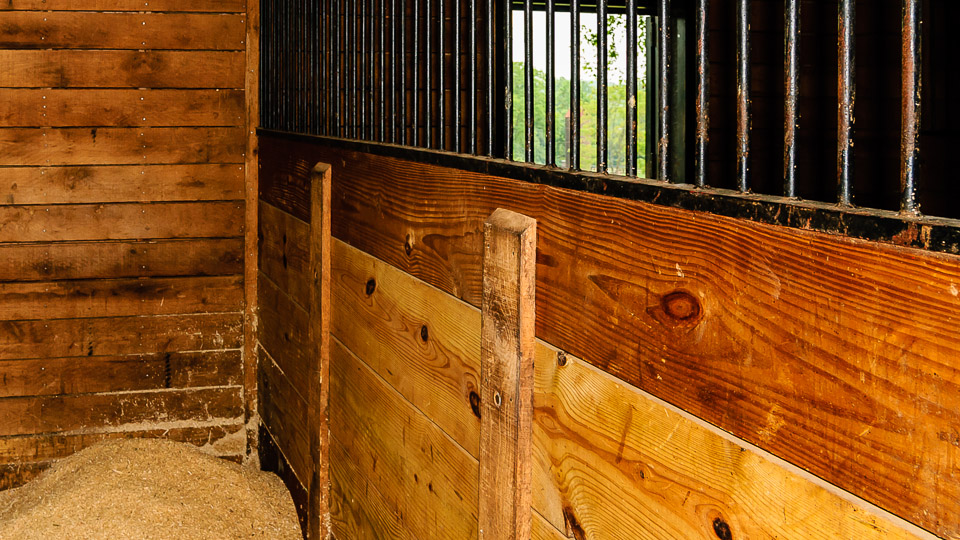
Horse Barn Structures – Stall Wall Sandwich Boards
Stall walls made of plank boards stacked on edge inside a channel make a quick set up for stalls. They also provide an easy way to take the wall down to double the size of a stall. A sandwich board ties these boards together preventing them from being pushed apart. Let me explain how a sandwich board can save your horse’s life.
**CONTINUED IN ARTICLE TAB**
Related material – Sometimes I have a lot of material here that I have written, podcasted, video blogs and other things. They will be listed in this tab.
Use the browser back button or menu to return to the index of topics.
⬇︎ CLICK ANY IMAGE BELOW TO REVEAL MORE INFORMATION ⬇︎
Stall walls made of plank boards stacked on edge inside a channel make a quick set up for stalls. They also provide an easy way to take the wall down to double the size of a stall. A sandwich board ties these boards together preventing them from being pushed apart. Let me explain how a sandwich board can save your horse’s life.
When a horse lies down in a stall too close to a wall with his legs facing the wall there is a good chance the horse will have difficulty getting back up on his feet. This is called by horsemen as “being cast.” If you are in the barn at this time you will hear the hooves loudly hit against the wood wall as they desperately scramble to get themselves upright. It is a sound of panic.
When the walls are constructed of boards that can shift up and down, a cast horse can catch the bottom of one board with a hind hoof. This happens when either the horse presses that board away from the others or they are already bowed and warped leaving an edge to catch. All horses have the strength to raise the column of boards easily. As they do, a gap is created in the wall allowing this hind leg to go through. Without the hoof there, the wall comes down on the leg trapping it. This is a guillotine effect and the results are at best damaging to the leg. However many of these happen at night especially when the horse has been rolling from colic. The owner finds the horse dead in the morning with one leg trapped in the wall.
This is preventable and the images here will show you examples of how some farms have accomplished this.
- Additional tables
- Links to other in house articles
- Links to outside articles
- Reference material used in developing this topic.
There are no related articles here if you don’t see linked items.


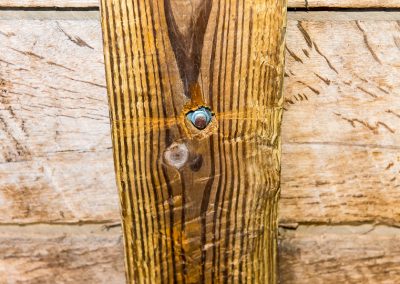
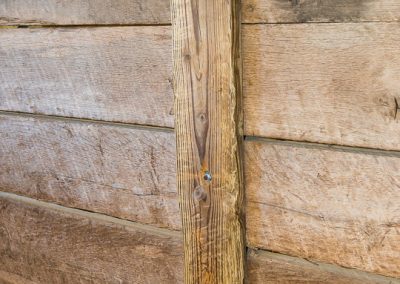
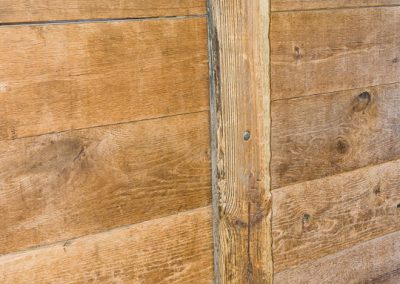
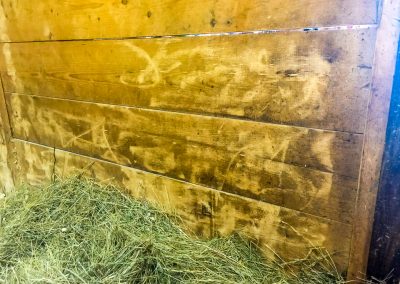

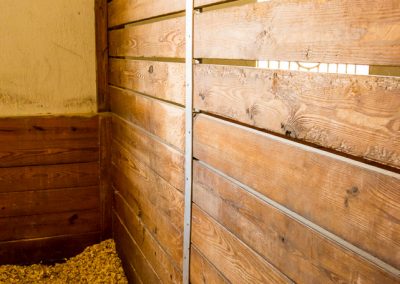
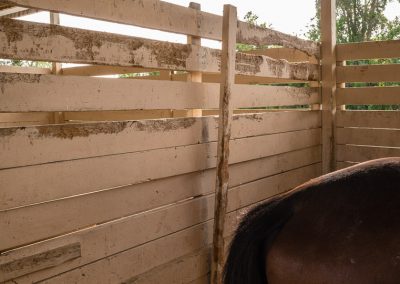

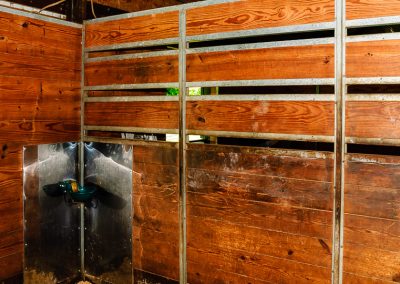
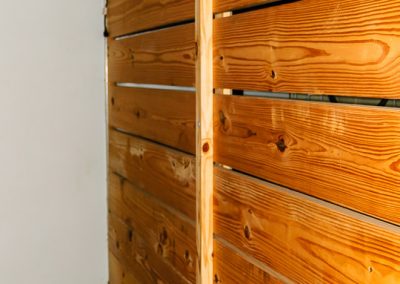
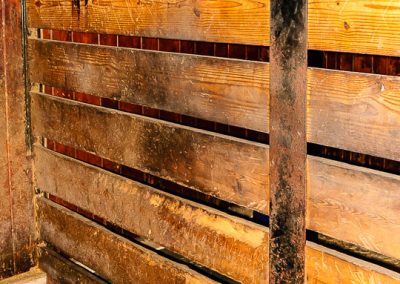

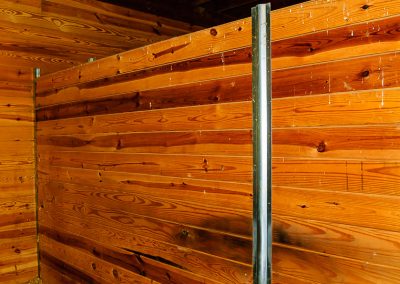

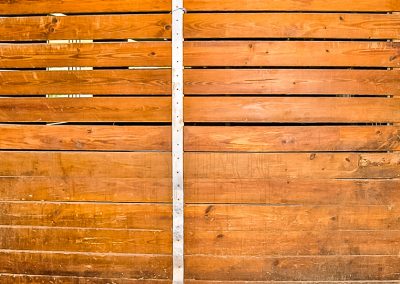

Lag screws!!!!!